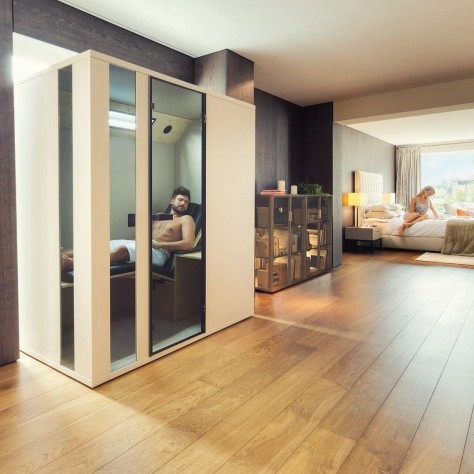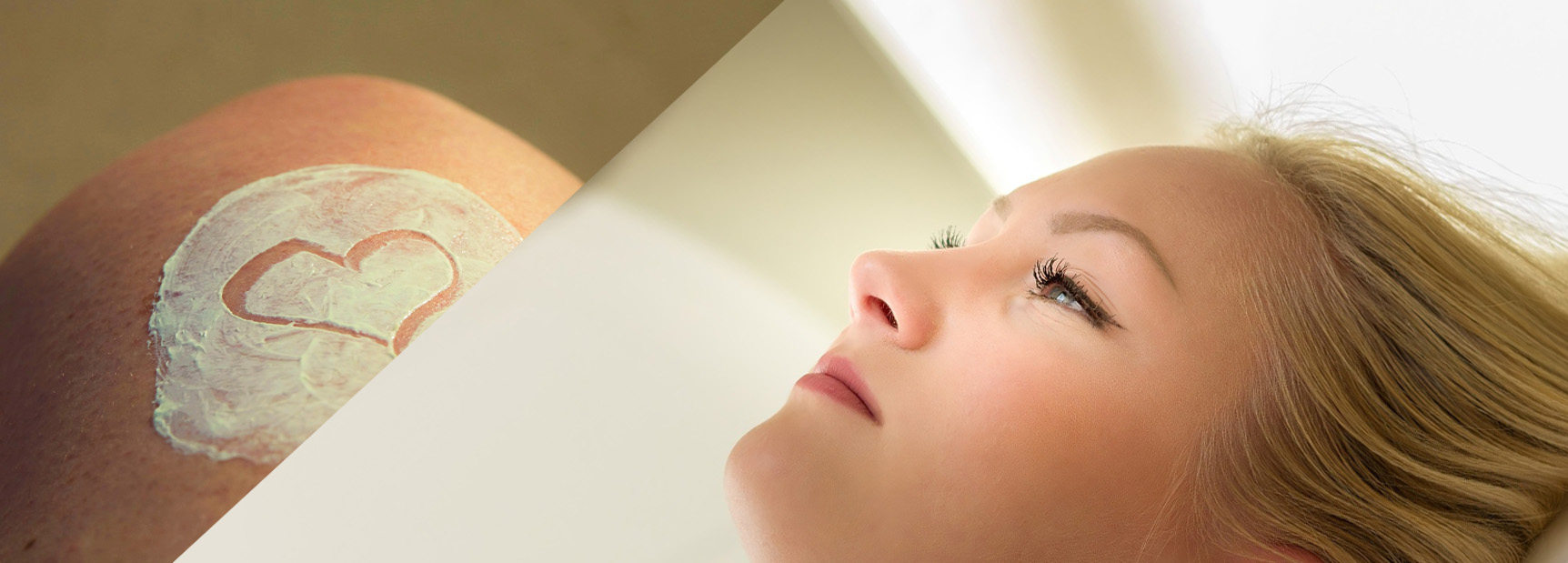Different infrared radiators - What are the differences between full spectrum radiators and ceramic radiators?
The infrared spectrum:
The infrared spectrum is divided into the ranges A (short-wave), B (medium-wave) and C (long-wave) according to wavelength. This classification is historically based and has nothing to do with the effect of the radiation on humans themselves.
Heat radiation sources always emit a broad spectrum of electromagnetic radiation of different wavelengths. The range of this spectrum and the wavelength at which the maximum lies depends solely on the surface temperature of the radiation source.
A simple example: a standard light bulb emits only 10 % of the energy used as visible light. 90 % of the energy is emitted as infrared A, B and C radiation. If the light bulb is dimmed - less power, lower temperature - its radiation spectrum shifts to the long-wave range. The light bulb becomes dimmer, the light color changes to reddish, until finally no visible light is emitted. A mild heat emission can then still be felt.
Objects with a temperature of less than 350 °C emit a spectrum that is almost exclusively in the infrared C range. Our environment, warm air and objects that are close to us generally have significantly lower surface temperatures and therefore mainly emit infrared C radiation.
Differences in infrared cabins: There are different application concepts for infrared cabins.
Infrared cabins, which work with relatively high air temperatures of 50 to 60 °C and follow the sauna principle in terms of heat regulation.
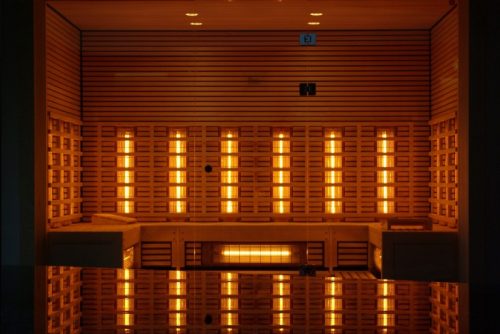
The blood is heated throughout the skin. The return flow to the core of the body is blocked to prevent a rapid and high rise in core temperature. Sauna applications at 50 to 60 °C are naturally less stressful for the cardiovascular system than the classic sauna at 80 to 100 °C.
With this type of cabin, uniform heating of the fabric of the body shell is not achieved. This is also not the aim. This is referred to as a stimulation application in the Kneipp sense.
Low-temperature infrared cabins that work with low air temperatures (27 to 37 °C), i.e. within the thermoneutral zone (TNZ).

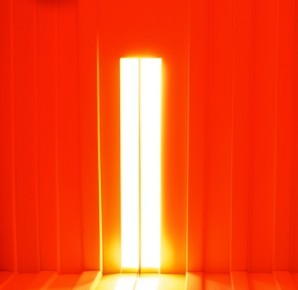
Full spectrum radiators
Full spectrum radiators have a high intensity and glow red. They heat up very quickly, which can lead to a risk of overheating. Overheating can lead to skin ageing and cell damage. It is therefore important to pay close attention to the temperature setting during use. The intense radiation can also be harmful to the eyes and in some cases protective eyewear is necessary.
Ceramic radiators with lava sand
The special lava sand ceramic tubes emit almost only infrared C, with a small proportion of approx. 3% infrared B, and do not glow. Initially, the vessels in the skin expand in the irradiated back area. The heat is absorbed by the blood and lymphatic fluid and transported into the deeper tissue layers.
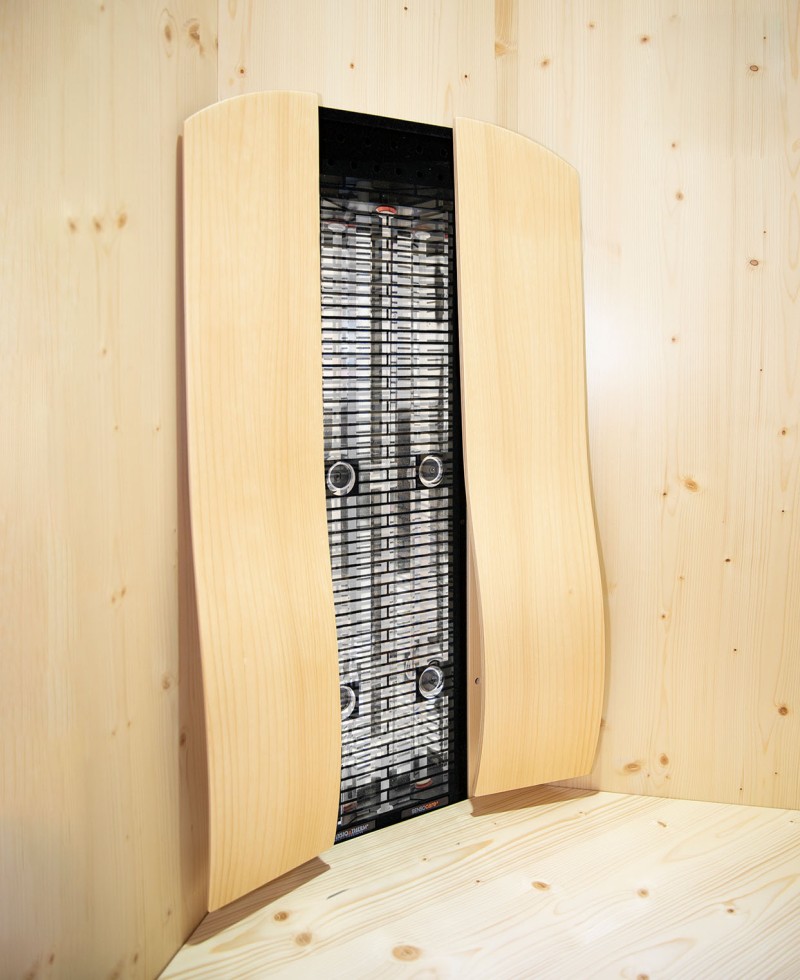
The heat is then distributed from the spinal column area to the inside of the body via the circulation, so that the entire organism is gradually warmed through. At a typical cabin temperature of around 35°C, the body can easily release excess heat into the environment. The application therefore takes place without any significant strain on the cardiovascular system. This form of infrared deep heat promotes natural heat regulation and is perceived as very pleasant. The body is warmed "from the inside out".
Panel radiators
Panel radiant heaters work with surface temperatures of approx. 80 - 100 degrees, i.e. in the long-wave IR radiation range. The heat is distributed throughout the room, resulting in room temperatures of over 50 degrees. Cabins with panel radiators work according to the sauna stimulation principle.
Magnesium emitter
The heating rod of a magnesium heater is converted into heat by electricity. Magnesium heaters also work with IR-B and C radiation and a high air temperature from 50 degrees. This type of heater is often installed in low-cost models of infrared cabins.
As the skin's ability to absorb heat only increases with increasing blood circulation, low irradiance levels (approx. 40 mW/qcm) should be selected at the start of the treatment. Starting from this value, the intensity can then be increased step by step.
- Good cabins keep skin exposure to a minimum.- The irradiation limits (80-100 mW/sqcm skin and 8-10 mW/sqcm eye) must be observed.
- The skin's own temperature must not rise too high - the maximum skin temperature of 43 °C must not be exceeded, as this could lead to local skin damage. This limit must be observed for all types of heat applications.
Physiotherm has developed the patented SENSOcare® technology. Sensors measure the skin temperature of your back every second without contact during use. Algorithms based on findings from clinical studies use these measurements to automatically adjust the emitter temperature and therefore the infrared intensity and spectrum to the body's needs. The SENSOcare® safety technology thus permanently optimizes the heat supply and can protect your skin from burns. The infrared limit values (eyes and skin) are undercut.
Physiotherm advice
We will help you choose the right infrared heat - because it's all about your HEALTH!
We will answer all your questions. Find out more about model selection, mode of operation and options in a brief, no-obligation consultation with our experts.

